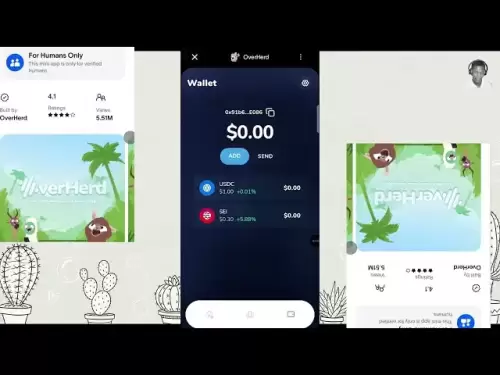-
 Bitcoin
Bitcoin $114100
-0.14% -
 Ethereum
Ethereum $3635
-0.73% -
 XRP
XRP $2.949
-2.85% -
 Tether USDt
Tether USDt $0.9999
-0.03% -
 BNB
BNB $760.3
-0.78% -
 Solana
Solana $163.8
-2.77% -
 USDC
USDC $0.9998
-0.04% -
 TRON
TRON $0.3323
-0.57% -
 Dogecoin
Dogecoin $0.2004
-2.99% -
 Cardano
Cardano $0.7245
-2.87% -
 Hyperliquid
Hyperliquid $37.52
-3.75% -
 Stellar
Stellar $0.3915
-3.58% -
 Sui
Sui $3.416
-2.20% -
 Bitcoin Cash
Bitcoin Cash $559.5
-0.84% -
 Chainlink
Chainlink $16.41
-2.16% -
 Hedera
Hedera $0.2406
-1.78% -
 Ethena USDe
Ethena USDe $1.001
0.00% -
 Avalanche
Avalanche $22.13
-1.98% -
 Litecoin
Litecoin $117.8
-4.32% -
 UNUS SED LEO
UNUS SED LEO $8.989
0.01% -
 Toncoin
Toncoin $3.183
-5.09% -
 Shiba Inu
Shiba Inu $0.00001214
-1.97% -
 Uniswap
Uniswap $9.654
-1.71% -
 Polkadot
Polkadot $3.616
-1.18% -
 Monero
Monero $291.6
-2.66% -
 Dai
Dai $0.9999
0.00% -
 Bitget Token
Bitget Token $4.310
-1.10% -
 Cronos
Cronos $0.1382
-1.93% -
 Pepe
Pepe $0.00001021
-3.40% -
 Aave
Aave $257.9
-1.42%
What is restaking and how does it enhance network security?
Restaking enhances network security by allowing staked assets to secure multiple blockchains, increasing capital at risk and decentralization.
Apr 11, 2025 at 03:49 pm
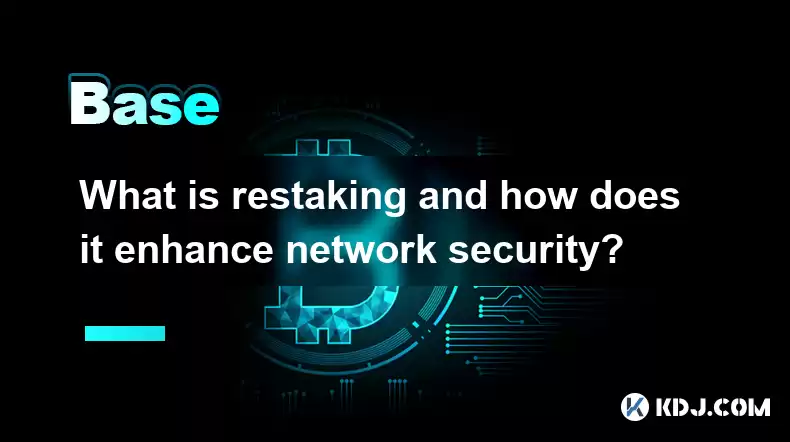
Restaking is a relatively new concept in the cryptocurrency world that has garnered significant attention due to its potential to enhance network security. At its core, restaking involves staking assets that have already been staked in one blockchain on another blockchain or protocol. This practice can significantly increase the security of the networks involved by leveraging the same assets multiple times.
Understanding Staking and Restaking
Staking is a process where participants in a blockchain network lock up their cryptocurrency to support the network's operations, such as transaction validation and block creation. In return, stakers are often rewarded with additional cryptocurrency. This mechanism is commonly used in Proof of Stake (PoS) blockchains like Ethereum, Cardano, and Solana.
Restaking takes this concept a step further. Instead of staking assets on a single blockchain, users can take the same staked assets and use them to participate in the validation processes of other blockchains or protocols. This means that the same asset can be used to secure multiple networks simultaneously, thereby increasing the overall security and efficiency of the ecosystem.
How Restaking Enhances Network Security
Restaking enhances network security in several ways. Firstly, it increases the amount of capital committed to securing a network. When the same assets are staked across multiple networks, the total value at risk for malicious actors increases, making attacks more costly and less likely.
Secondly, restaking can lead to a more decentralized network. By allowing assets to be used across multiple blockchains, restaking encourages more participants to join different networks, reducing the concentration of power and increasing the resilience of the ecosystem.
Lastly, restaking can help in the creation of more robust economic models for blockchain networks. By leveraging the same assets multiple times, networks can achieve higher levels of security without requiring additional capital from participants, making the system more efficient and sustainable.
The Mechanics of Restaking
To understand how restaking works, let's break down the process into its fundamental components:
Initial Staking: A user stakes their cryptocurrency on a primary blockchain, such as Ethereum. This involves locking up a certain amount of the cryptocurrency to participate in the network's consensus mechanism.
Restaking: The user then takes the same staked assets and uses them to participate in the consensus mechanism of another blockchain or protocol. This can be done through various mechanisms, such as cross-chain bridges or specialized restaking protocols.
Validation and Rewards: The user's staked assets are used to validate transactions and create blocks on both the primary and secondary networks. In return, the user receives rewards from both networks, increasing their overall return on investment.
Examples of Restaking in Practice
Several projects and protocols have implemented restaking mechanisms to enhance their network security. One notable example is EigenLayer, a protocol that allows users to restake their Ethereum (ETH) to secure other networks and protocols. EigenLayer enables users to leverage their staked ETH to participate in the validation processes of various decentralized applications (dApps) and other blockchains.
Another example is Ankr, a decentralized infrastructure provider that allows users to stake their assets on multiple networks. Ankr's restaking mechanism enables users to maximize their staking rewards by participating in the consensus mechanisms of different blockchains simultaneously.
Risks and Considerations
While restaking offers significant benefits, it also comes with certain risks and considerations. One of the primary risks is the potential for slashing, where a user's staked assets are penalized due to malicious behavior or network issues. Since the same assets are staked across multiple networks, the risk of slashing increases, potentially leading to significant losses.
Another consideration is the complexity of managing staked assets across multiple networks. Users need to be aware of the different rules and requirements of each network they are participating in, which can be challenging and time-consuming.
Additionally, interoperability between different blockchains and protocols is crucial for restaking to be effective. If the networks involved do not have robust mechanisms for cross-chain communication, the benefits of restaking may be limited.
Implementing Restaking: A Step-by-Step Guide
For those interested in implementing restaking, here is a detailed guide on how to get started:
Choose a Restaking Platform: Select a platform that supports restaking, such as EigenLayer or Ankr. Research the platform's features, fees, and security measures to ensure it meets your needs.
Stake Your Assets: Begin by staking your assets on the primary blockchain. For example, if you are using Ethereum, you would stake your ETH through a staking service or directly on the Ethereum network.
Connect to the Restaking Protocol: Once your assets are staked, connect to the restaking protocol. This may involve setting up a wallet or account on the restaking platform and linking it to your staked assets.
Select Secondary Networks: Choose the secondary networks or protocols where you want to restake your assets. Ensure that these networks are compatible with the restaking platform you are using.
Authorize Restaking: Authorize the restaking of your assets on the secondary networks. This may involve signing transactions or agreeing to the terms of the restaking protocol.
Monitor and Manage: Regularly monitor your staked assets and the performance of the networks you are participating in. Be prepared to adjust your strategy based on changes in network conditions or rewards.
Frequently Asked Questions
Q: Can restaking be done with any cryptocurrency?
A: Restaking is typically limited to cryptocurrencies that support staking, such as those used in Proof of Stake blockchains. Not all cryptocurrencies can be staked or restaked, so it's important to check the specific requirements of the networks and protocols you are interested in.
Q: How do I know if a restaking platform is secure?
A: To determine the security of a restaking platform, consider factors such as the platform's reputation, the security measures it has in place, and any audits or certifications it has received. It's also helpful to read user reviews and seek advice from experienced members of the cryptocurrency community.
Q: What happens if one of the networks I am restaking on experiences a security breach?
A: If a network you are restaking on experiences a security breach, your staked assets may be at risk. The impact will depend on the nature of the breach and the specific rules of the restaking protocol. It's important to stay informed about the security status of the networks you are participating in and to have a plan in place for managing potential risks.
Q: Are there any tax implications associated with restaking?
A: The tax implications of restaking can vary depending on your jurisdiction and the specific assets involved. In general, staking rewards are often considered taxable income, and restaking may complicate the calculation of these rewards. It's advisable to consult with a tax professional to understand the specific implications for your situation.
Disclaimer:info@kdj.com
The information provided is not trading advice. kdj.com does not assume any responsibility for any investments made based on the information provided in this article. Cryptocurrencies are highly volatile and it is highly recommended that you invest with caution after thorough research!
If you believe that the content used on this website infringes your copyright, please contact us immediately (info@kdj.com) and we will delete it promptly.
- Acapulco Crafts in Crisis: Sales Plummet, Artisans Struggle
- 2025-08-06 14:30:12
- SEC, Crypto & Bitwise CIO: A New Dawn?
- 2025-08-06 14:35:11
- Coinbase, Financing, and the Crypto Market: Navigating Choppy Waters in NYC Style
- 2025-08-06 12:50:11
- Bitcoin in Indonesia: Crypto Education and Economic Strategy
- 2025-08-06 12:50:11
- DeriW Mainnet: Zero Gas Fees Revolutionize On-Chain Derivatives Trading
- 2025-08-06 10:30:11
- IOTA, Cloud Mining, and Eco-Friendly Crypto: A New York Investor's Take
- 2025-08-06 10:30:11
Related knowledge
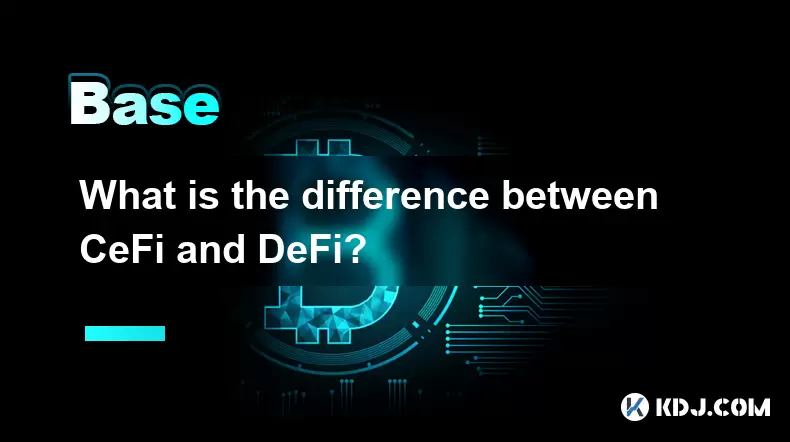
What is the difference between CeFi and DeFi?
Jul 22,2025 at 12:28am
Understanding CeFi and DeFiIn the world of cryptocurrency, CeFi (Centralized Finance) and DeFi (Decentralized Finance) represent two distinct financia...
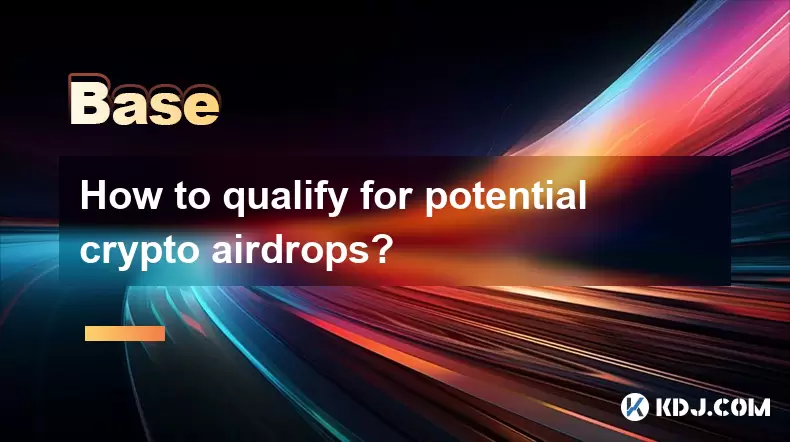
How to qualify for potential crypto airdrops?
Jul 23,2025 at 06:49am
Understanding What Crypto Airdrops AreCrypto airdrops refer to the distribution of free tokens or coins to a large number of wallet addresses, often u...
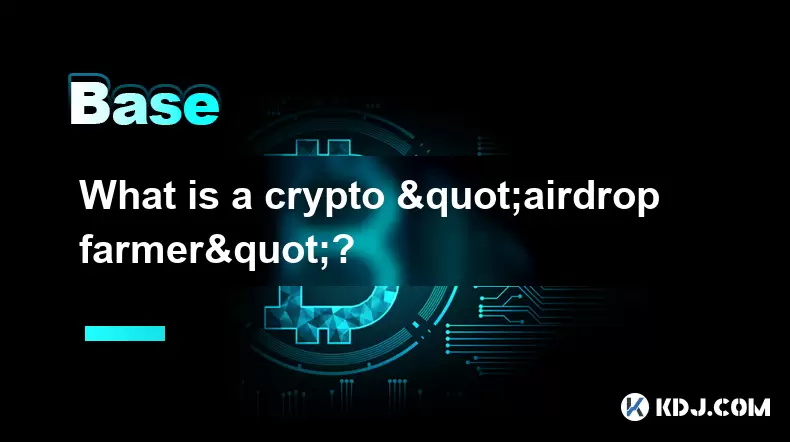
What is a crypto "airdrop farmer"?
Jul 24,2025 at 10:22pm
Understanding the Role of a Crypto 'Airdrop Farmer'A crypto 'airdrop farmer' refers to an individual who actively participates in cryptocurrency airdr...
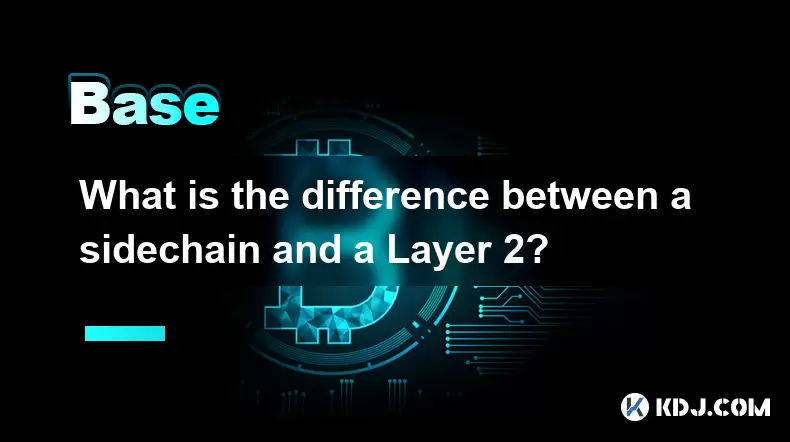
What is the difference between a sidechain and a Layer 2?
Jul 20,2025 at 11:35pm
Understanding the Concept of SidechainsA sidechain is a separate blockchain that runs parallel to the main blockchain, typically the mainnet of a cryp...
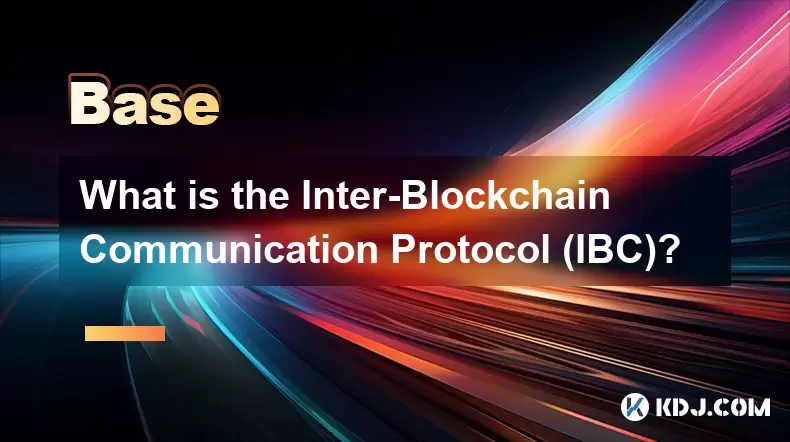
What is the Inter-Blockchain Communication Protocol (IBC)?
Jul 19,2025 at 10:43am
Understanding the Inter-Blockchain Communication Protocol (IBC)The Inter-Blockchain Communication Protocol (IBC) is a cross-chain communication protoc...
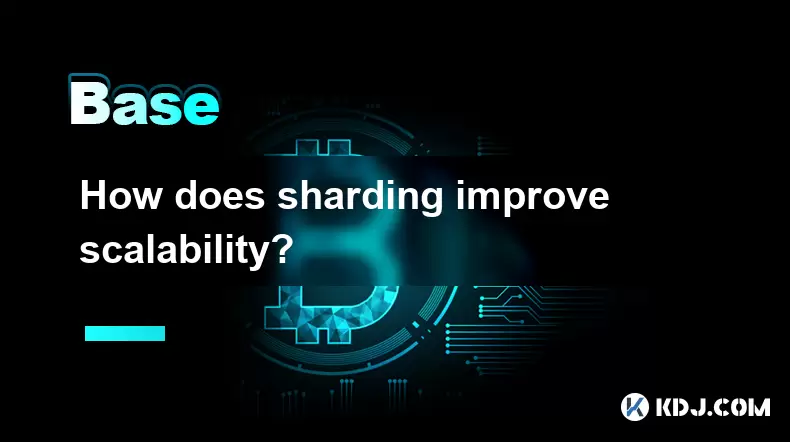
How does sharding improve scalability?
Jul 20,2025 at 01:21am
Understanding Sharding in BlockchainSharding is a database partitioning technique that is increasingly being adopted in blockchain technology to enhan...

What is the difference between CeFi and DeFi?
Jul 22,2025 at 12:28am
Understanding CeFi and DeFiIn the world of cryptocurrency, CeFi (Centralized Finance) and DeFi (Decentralized Finance) represent two distinct financia...

How to qualify for potential crypto airdrops?
Jul 23,2025 at 06:49am
Understanding What Crypto Airdrops AreCrypto airdrops refer to the distribution of free tokens or coins to a large number of wallet addresses, often u...

What is a crypto "airdrop farmer"?
Jul 24,2025 at 10:22pm
Understanding the Role of a Crypto 'Airdrop Farmer'A crypto 'airdrop farmer' refers to an individual who actively participates in cryptocurrency airdr...

What is the difference between a sidechain and a Layer 2?
Jul 20,2025 at 11:35pm
Understanding the Concept of SidechainsA sidechain is a separate blockchain that runs parallel to the main blockchain, typically the mainnet of a cryp...

What is the Inter-Blockchain Communication Protocol (IBC)?
Jul 19,2025 at 10:43am
Understanding the Inter-Blockchain Communication Protocol (IBC)The Inter-Blockchain Communication Protocol (IBC) is a cross-chain communication protoc...

How does sharding improve scalability?
Jul 20,2025 at 01:21am
Understanding Sharding in BlockchainSharding is a database partitioning technique that is increasingly being adopted in blockchain technology to enhan...
See all articles























